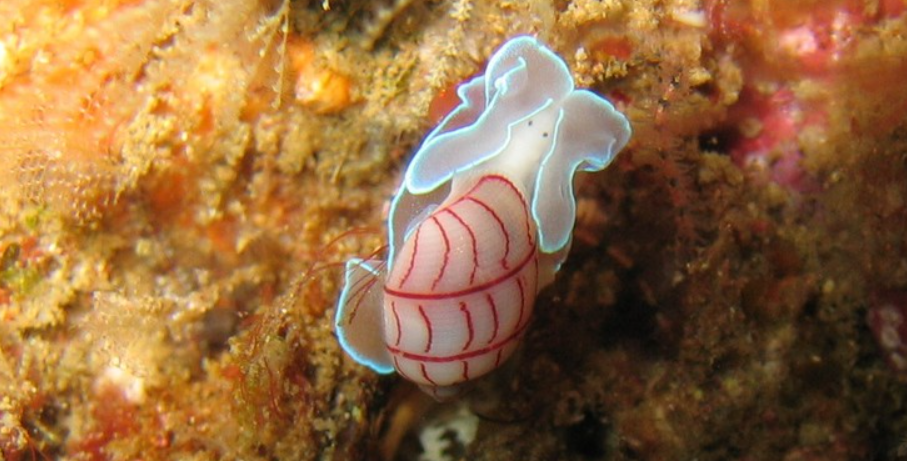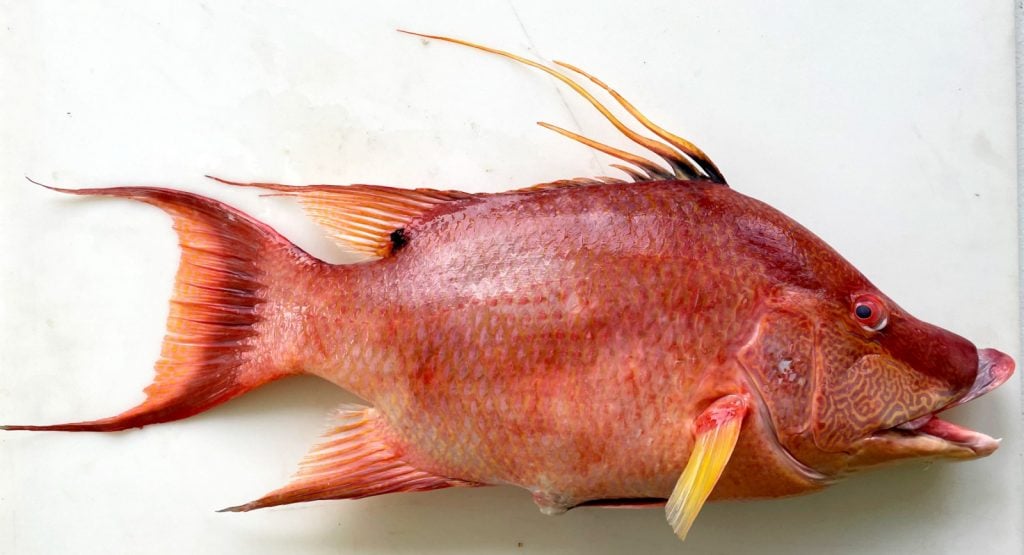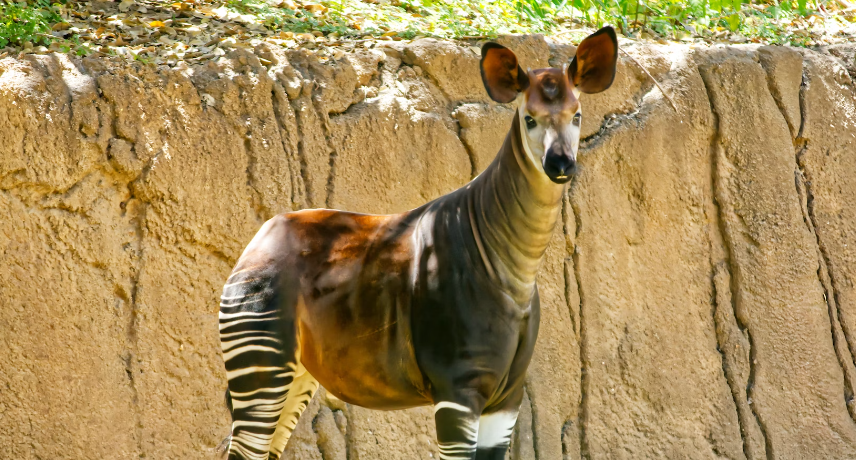Did You Know This About Cattle Friendships?
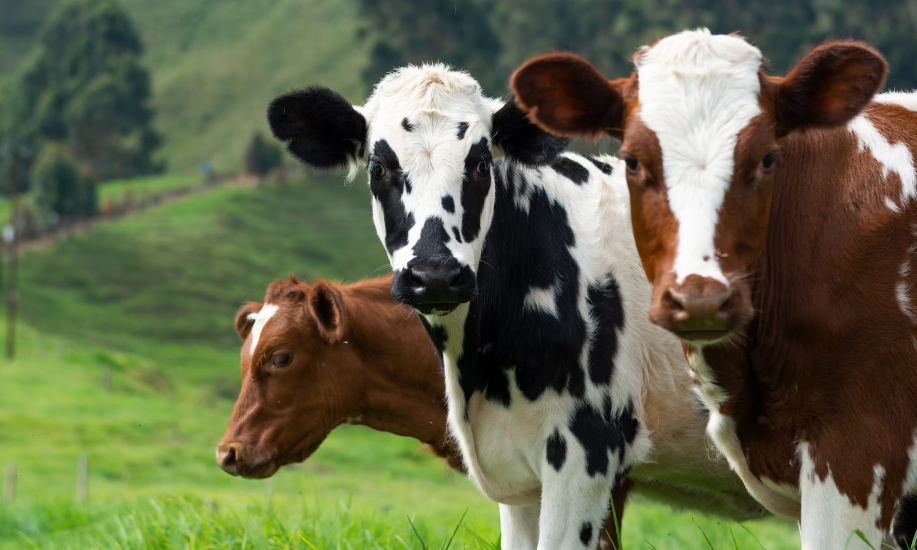
© Daniel Quiceno M / Unsplash
Cows are definitely not just your usual farm animals. They can actually be quite unique as they are considered gentle beings who can be quite charming. If their existence has not convinced you enough of how adorable these big, soulful-eyed animals are, we are here to help with that. There is a thing called cattle friendships and if cows get separated, they actually get sad (They are just like me, for real!). If you are interested in finding out more, keep on reading!
What Are Cattles?
Cattle, in the plural form, refers to domesticated bovine animals, specifically cows and bulls. These animals are commonly raised for various purposes, including:
- Meat Production: Cattle are a significant source of beef, which is a staple in many diets worldwide. Different breeds of cattle are raised for their meat quality.
- Dairy Production: Some cattle breeds are raised for milk production, and their milk is used to produce a variety of dairy products like milk, cheese, and yogurt.
- Work and Draft Animals: Historically, cattle have been used as work animals to plow fields, transport goods, and perform various tasks. In some regions, they are still used for such purposes.
- Leather and Hide Production: The hides of cattle are used to make leather products, such as shoes, belts, and bags.
- Breeding: Cattle are bred to produce offspring that can be raised for various purposes, ensuring the continuation of desirable traits and genetics within the cattle population.
Cattle come in various breeds, each with its own characteristics, such as size, color, and suitability for specific purposes. They are an essential part of agriculture in many parts of the world and play a significant role in the global food supply chain.
What Are Cattle Friendships?
Cattle friendships refer to the social bonds and relationships that form among individual cattle within a herd. Cattle are highly social animals and tend to form close associations with certain members of their herd.
These friendships are characterized by various behaviors and interactions, including:
- Licking and Grooming
Cattle often engage in mutual grooming, where they use their tongues to lick and clean each other’s bodies. This grooming behavior is not only a way to maintain hygiene but also serves to reinforce social bonds and reduce stress within the group.
- Resting and Lying Together
Cattle that have formed strong friendships may be frequently seen resting and lying down near each other. This physical closeness is a sign of their social connection and comfort in each other’s presence.
- Allogrooming
Allogrooming is when one cow licks or grooms another. It is a form of social bonding and can help to strengthen relationships within the herd.
- Socializing
Cattle engage in various social behaviors, such as nuzzling, head-butting (often playfully), and even vocalizations. These interactions help them establish and maintain social hierarchies and develop close friendships.
- Protection
Friends within a herd may work together to protect each other from potential threats, such as predators or aggressive herd members.
These cattle friendships can be quite enduring, and cows often prefer the company of their friends. While cattle do form social bonds, the strength and nature of these friendships can vary among individual animals. Recognizing and understanding these social dynamics can be important in managing cattle in agricultural settings, as it can contribute to their overall well-being and reduce stress, particularly when they are moved or separated for various reasons.
How Are Cattle Friendships Born?
Cattle friendships, like many social bonds in animals, are born and developed through a combination of instincts and environmental factors. Here’s how cattle friendships are formed:
1. Herd Dynamics
Cattle are naturally herd animals, and they tend to live in groups or herds. Within these herds, various individuals interact with each other regularly. Social interactions are essential for their well-being and safety. These interactions lay the foundation for the development of friendships.
2. Proximity
Cattle that spend a lot of time near each other, such as grazing together or resting side by side, are more likely to form friendships. Proximity allows them to become familiar with each other and engage in social behaviors.
3. Similar Age and Gender
Cattle often form friendships with herd members of similar age and gender. Young calves may form bonds with other calves, while adult cows may have close friendships with other cows or bulls. Similar life stages and experiences can contribute to the development of strong social connections.
4. Mutual Interests
Cattle with similar temperaments, personalities, and interests are more likely to form friendships. For example, cows that enjoy similar grazing patterns or have common grooming habits may bond over these shared activities.
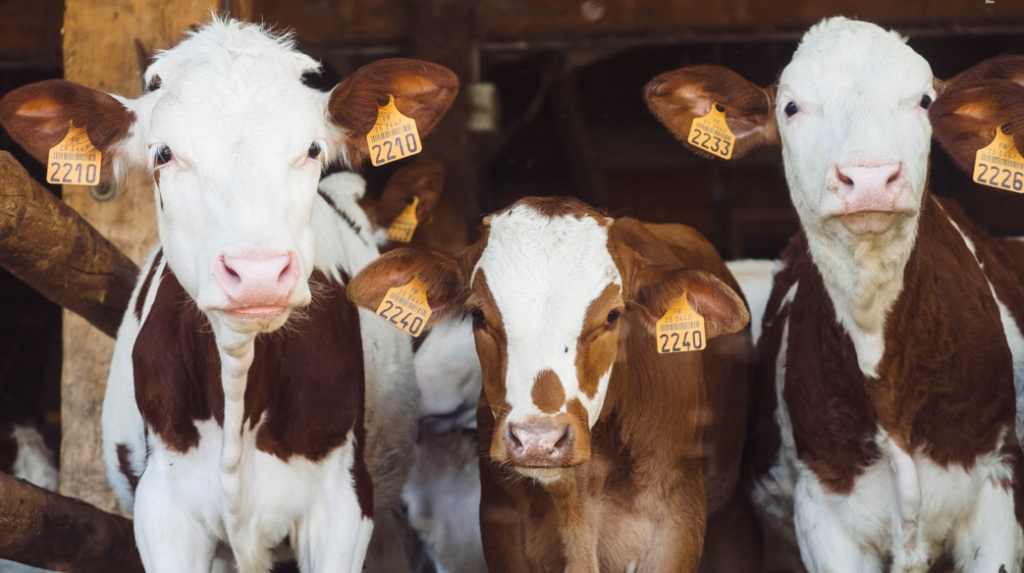
5. Positive Experiences
Cattle tend to form friendships with individuals they have positive experiences with. This can include grooming each other, playing together, or simply spending time in each other’s company without conflict.
6. Reinforcement of Bonds
Social behaviors like grooming, licking, and nuzzling serve to reinforce and strengthen the bonds between cattle. Mutual grooming, in particular, helps maintain hygiene and acts as a social activity that enhances their relationships.
The Research Surrounding Cattle Friendships
Cows have best friends, and they experience stress when separated, as discovered by scientist Krista McLennan during her PhD research at Northampton University. She measured the heart rates and cortisol levels of cows under different conditions: alone, with their best friend, or with a random cow. The results revealed that cows are highly social animals that form close bonds with specific herd members. Keeping preferred partners together can reduce their stress levels, potentially improving milk yields and the animals’ welfare. This research has implications for dairy farming practices where cows are often separated for various reasons, such as veterinary visits or stock movement.
The findings suggest that modern farming practices, which often involve separating cows, can be stressful for the animals. Encouraging farmers to recognize and support these social bonds could lead to improved animal welfare and potentially higher milk production. Trevor Foss, chairman of the Northamptonshire branch of the NFU, and Charles Reader, a farmer, both noted the importance of acknowledging the social nature of cows and its potential impact on their well-being. This research may prompt changes in how cows are managed on dairy farms and contribute to a better understanding of their social needs.
Fun Facts About Cattle Cows
Did you know that cows possess remarkable characteristics and behaviors?
1. Cows Have Exceptional Vision
Cows have an impressive visual field of approximately 330 degrees, allowing them to almost see in all directions. They perceive colors like yellow, green, and blue, although red is challenging for them to discern.
2. Life Longevity and Aging
In their natural habitat, cows can live up to twenty years, with some even reaching 25 years. The age of a cow can be determined by examining its teeth and counting the rings in its horns. However, in the dairy industry, cows often don’t live beyond five years.
3. Minimal Sleep But Extensive Rest
Cows have a unique sleep pattern, requiring only about 30 minutes of deep sleep each day, typically in 6-10 short episodes. Nonetheless, they spend up to 10 hours lying down daily.
4. Strong Sense of Smell and Hearing
Cows have an acute sense of smell, detecting scents from distances of up to ten kilometers. Their hearing ability surpasses that of humans, especially in the deep and high-frequency ranges.
5. Social Creatures
How can this not make it into the list, if this is exactly what we meant? These animals are highly social, often living in small herds of 20-30 individuals. They form close friendships with other herd members, reinforcing these bonds through activities like licking, which has a soothing effect.
6. Communication Through Body Language
Beyond their distinctive “mooing” sounds, cows rely on body language, including head position, limb and tail movements, and facial expressions, to communicate with each other and convey their intentions.
Cows exhibit a fascinating blend of sensory capabilities, social behavior, and communication methods that make them intriguing animals to study and understand.
What do you think of cattle cows and their friendships? Did this newfound information make you grow fonder of these animals? Let us know in the comments below!
You might also want to read: What Makes the Brahman Cattle Cow So Interesting?
